

1 (336) 871-2334

5086 NC HWY 704 Sandy Ridge,NC.

Effective Through Teamwork

Welcome to the Official Website for the Northeast Stokes Fire & Rescue, Sandy Ridge, North Carolina
The firefighters proudly serve the citizens of the Northeast Stokes fire district



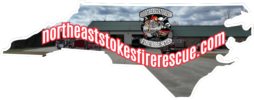
ALL CONTENT, INCLUDING ALL IMAGES AND PHOTOGRAPHY
EXCEPT AS SPECIFICALLY NOTED, IS PROPERTY OF
NORTHEAST STOKES VOLUNTEER FIRE & RESCUE.
CONTENT PROUDLY MAINTAINED BY A VOLUNTEER
Contact Information
To Contact Chief Clark, Click link below to Email. To contact ASST. Chief Webb, Click link below to Email. To Contact the Firehouse, Click link below to




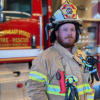
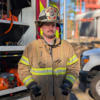
ALL CONTENT, INCLUDING ALL IMAGES AND PHOTOGRAPHY
EXCEPT AS SPECIFICALLY NOTED, IS PROPERTY OF
NORTHEAST STOKES VOLUNTEER FIRE & RESCUE.
CONTENT PROUDLY MAINTAINED BY A VOLUNTEER
Contact Information
To Contact Chief Clark, Click link below to Email. To contact ASST. Chief Webb, Click link below to Email. To Contact the Firehouse, Click link below to




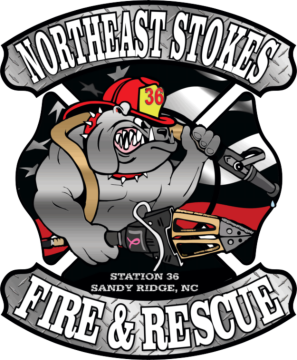

Dryer Safety Tips
Safety professionals estimate that in 1998, clothes dryers were associated with 15,600 fires, which resulted in 20
deaths and 370 injuries. Fires can occur when lint builds up in the dryer or in the exhaust duct. Lint can block the
flow of air, cause excessive heat build-up, and result in a fire in some dryers.

To Help Prevent Fires
Clean the lint screen/filter before or after drying each load of clothes. If clothing is still damp at the end of a
typical drying cycle or drying requires longer times than normal, this may be a sign that the lint screen or
the exhaust duct is blocked.
Clean the dryer vent and exhaust duct periodically. Check the outside dryer vent while the dryer is operating to make
sure exhaust air is escaping. If it is not, the vent or the exhaust duct may be blocked. To remove a blockage in the
exhaust path, it may be necessary to disconnect the exhaust duct from the dryer. Remember to reconnect the ducting
to the dryer and outside vent before using the dryer again.
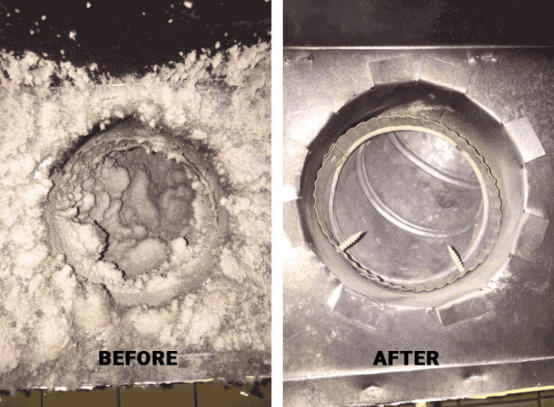
Clean behind the dryer, where lint can build up. Have a qualified service person clean the interior of the dryer
chassis periodically to minimize the amount of lint accumulation. Keep the area around the dryer clean and
free of clutter.
Replace plastic or foil, accordion-type ducting material with rigid or corrugated semi-rigid metal duct. Most
manufacturers specify the use of a rigid or corrugated semi-rigid metal duct, which provides maximum airflow.
The flexible plastic or foil type duct can more easily trap lint and is more susceptible to kinks or crushing, which can
greatly reduce the airflow.
Take special care when drying clothes that have been soiled with volatile chemicals such as gasoline, cooking oils,
cleaning agents, or finishing oils and stains. If possible, wash the clothing more than once to minimize the amount
of volatile chemicals on the clothes and, preferably, hang the clothes to dry. If using a dryer, use the lowest heat
setting and a drying cycle that has a cool-down period at the end of the cycle. To prevent clothes from igniting after
drying, do not leave the dried clothes in the dryer or piled in a laundry basket.

Family Safety Tips:




Effective Through Teamwork
5086 NC HWY 704 Sandy Ridge,NC.

Welcome to the Official Website for the
Northeast Stokes Fire & Rescue, Sandy Ridge, NC
The firefighters proudly serve the
citizens of the Northeast Stokes fire district

1 (336) 871-2334





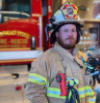

Contact Information
To Contact Chief Clark, Click link below to Email. To contact ASST. Chief Webb, Click link below to Email. To Contact the Firehouse, Click link below to Email.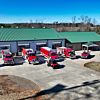
ALL CONTENT, INCLUDING ALL IMAGES AND PHOTOGRAPHY
EXCEPT AS SPECIFICALLY NOTED, IS PROPERTY OF
NORTHEAST STOKES VOLUNTEER FIRE & RESCUE.
CONTENT PROUDLY MAINTAINED BY A VOLUNTEER
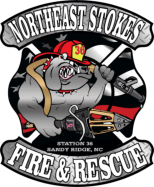






Dryer Safety Tips
Safety professionals estimate that in
1998, clothes dryers were associated
with 15,600 fires, which resulted in
20 deaths and 370 injuries. Fires can
occur when lint builds up in the
dryer or in the exhaust duct. Lint
can block the flow of air, cause
excessive heat build-up, and result
in a fire in some dryers.

To Help Prevent Fires
Clean the lint screen/filter before or
after drying each load of clothes. If
clothing is still damp at the end of a
typical drying cycle or drying
requires longer times than normal,
this may be a sign that the lint
screen or the exhaust duct is blocked.
Clean the dryer vent and exhaust
duct periodically. Check the outside
dryer vent while the dryer is
operating to make sure exhaust air is
escaping. If it is not, the vent or the
exhaust duct may be blocked. To
remove a blockage in the exhaust
path, it may be necessary to
disconnect the exhaust duct from the
dryer. Remember to reconnect the
ducting to the dryer and outside vent
before using the dryer again.
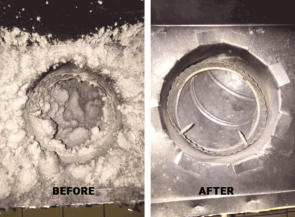
Clean behind the dryer, where lint
can build up. Have a qualified
service person clean the interior of
the dryer chassis periodically to
minimize the amount of lint
accumulation. Keep the area around
the dryer clean and free of clutter.
Replace plastic or foil, accordion
type ducting material with rigid or
corrugated semi-rigid metal duct.
Most manufacturers specify the use
of a rigid or corrugated semi-rigid
metal duct, which provides maximum
airflow. The flexible plastic or foil type duct can more
easily trap lint and is more susceptible to kinks or
crushing, which can greatly reduce the airflow.
Take special care when drying clothes that have been
soiled with volatile chemicals such as gasoline, cooking
oils, cleaning agents, or finishing oils and stains. If
possible, wash the clothing more than once to minimize
the amount of volatile chemicals on the clothes and,
preferably, hang the clothes to dry. If using a dryer, use
the lowest heat setting and a drying cycle that has a
cool-down period at the end of the cycle. To prevent
clothes from igniting after drying, do not leave the dried
clothes in the dryer or piled in a laundry basket.

Family
Safety Tips:


























































































